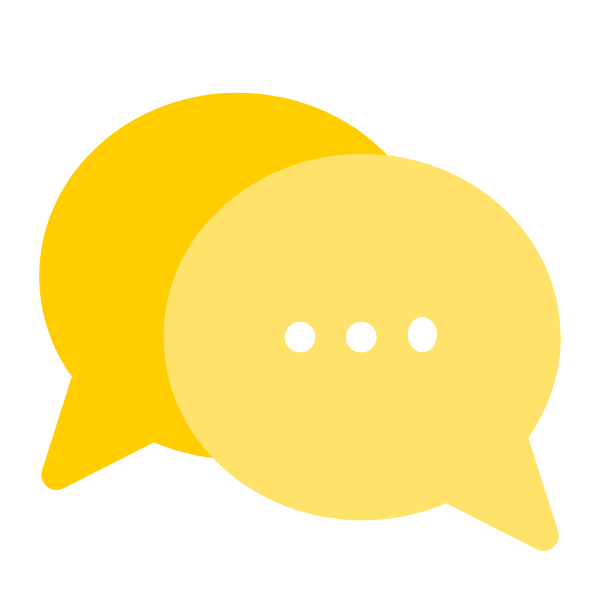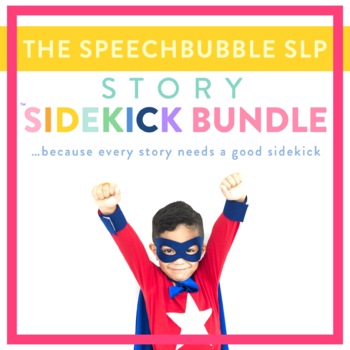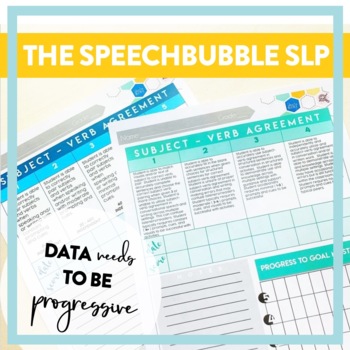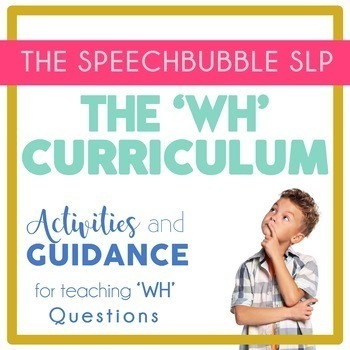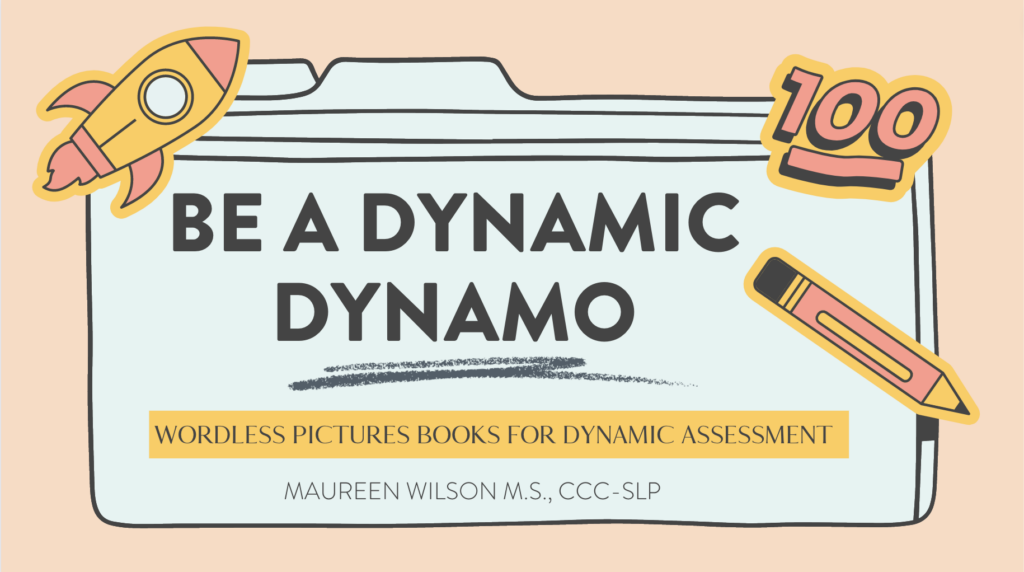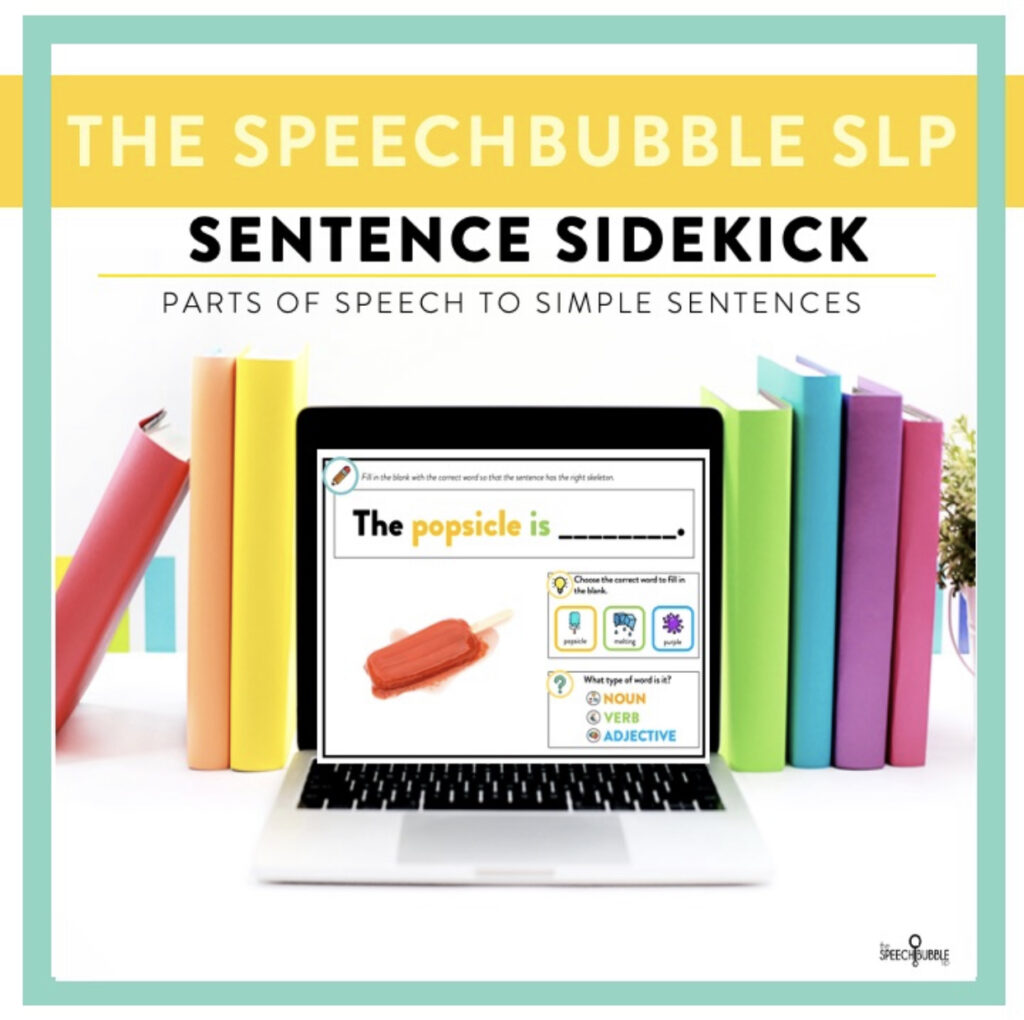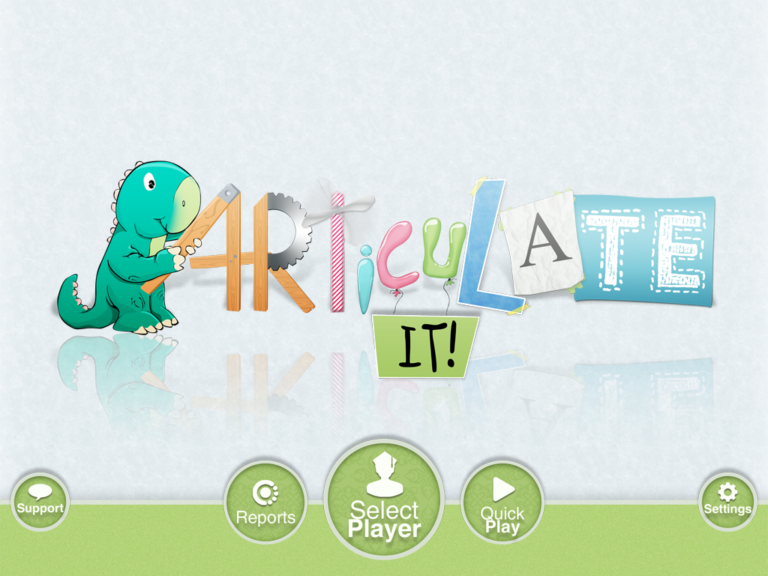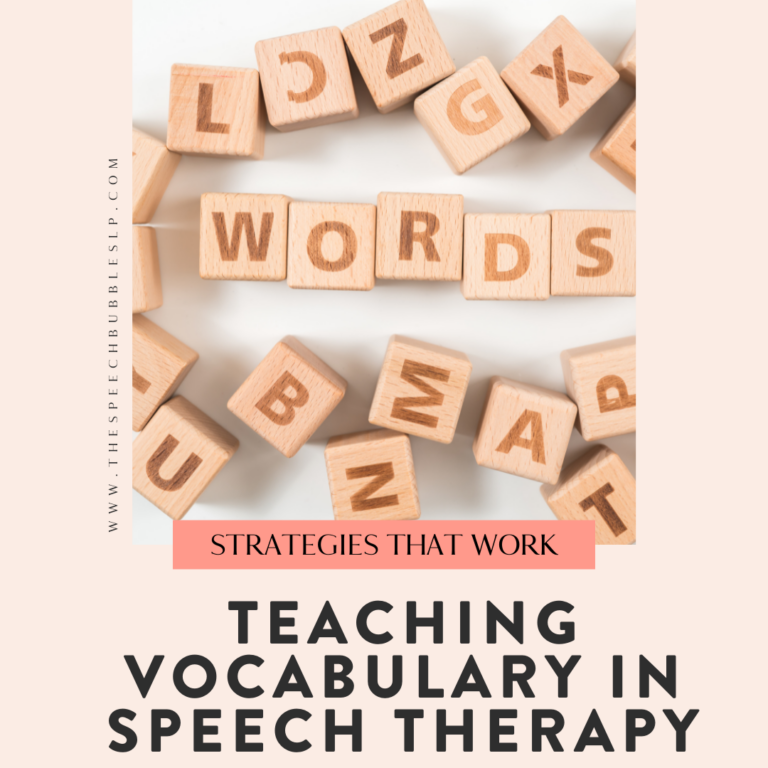Doing crafts and playing games at the table are fun, great ways to work on language goals, but, sometimes, our kids want to get up and move! Making an obstacle course in your room is a fun and easy way get your kids and engaged and work out some wiggles.

You can use items you already have to set up you very own course that would put a smile on any America Ninja Warrior’s face.
1.Chairs are a great obstacle. You can stagger them, place them back to back, etc. Students can walk, crawl, hop, waddle, whatever you want through them. This can be great to work on following directions.
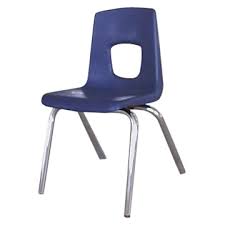
2. Dress up portions are always a hit. Grab those crazy costume pieces or oversized jackets. Students need to put on the articles in a particular order before they can move on. Having cards with the combinations for them to choose from adds some extra excitement and means that you can do multiple rounds with something new each time.
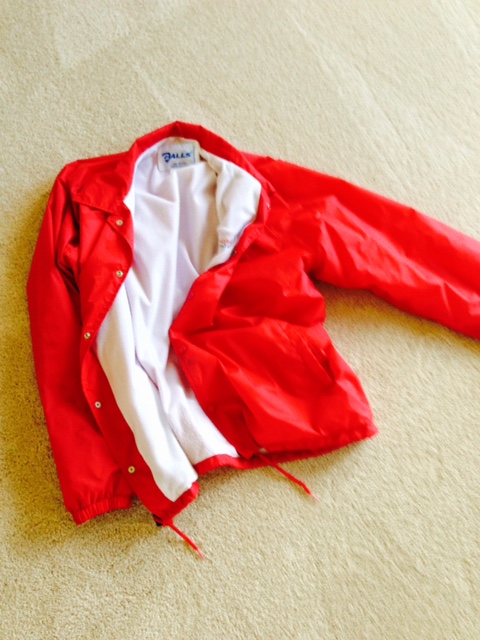
3. A tent or tunnel of fun is a must! I got this tunnel from a kids obstacle kit that I found at Walmart a few years ago. Kids love these because they are unexpected to see in the room and, well, they are just plain fun! When you were little which slide did you want to go on, the regular slide or the one in the tunnel? Kids can crawl through the tunnel to finish the course. They can also put themselves in places in relation to the tunnel and work on basic concepts.
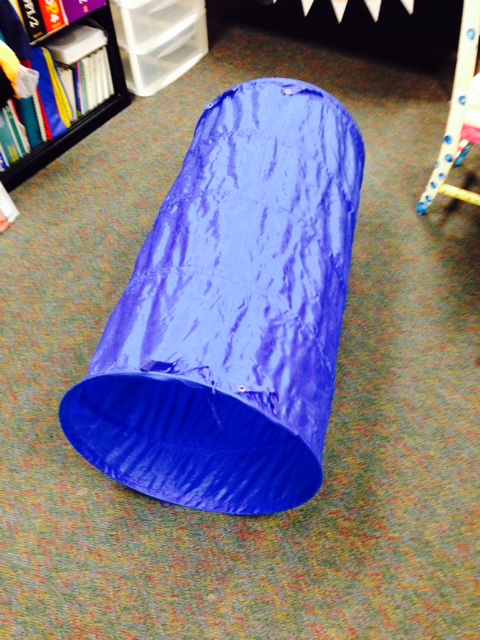
Theses are just a few obstacles you can use. I would love to hear your ideas of other obstacles you can make in your room!





